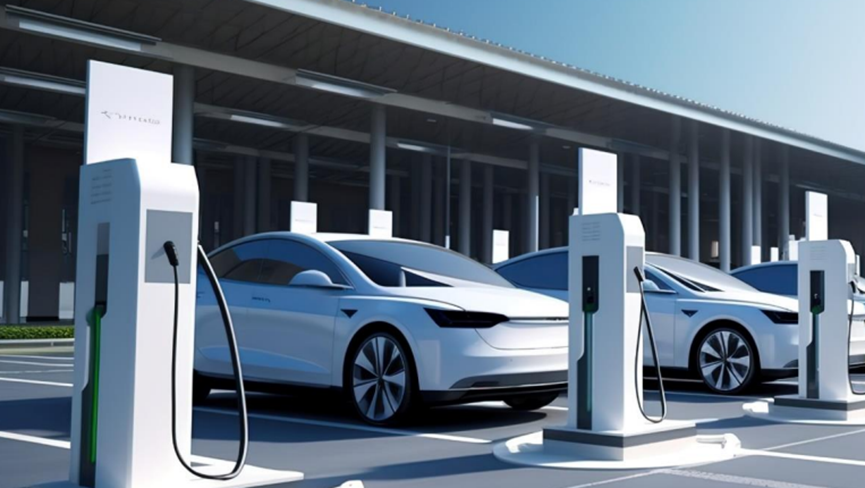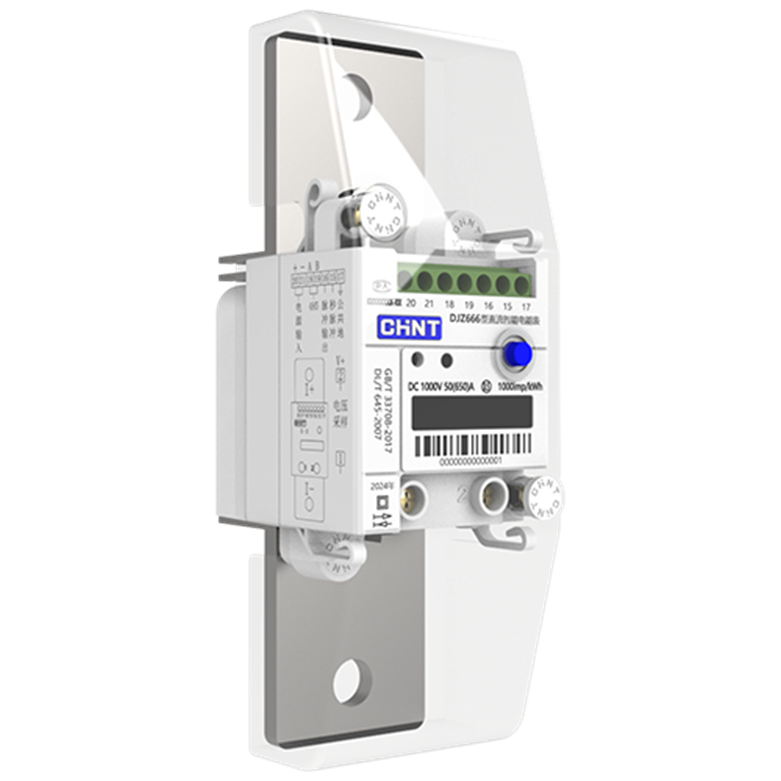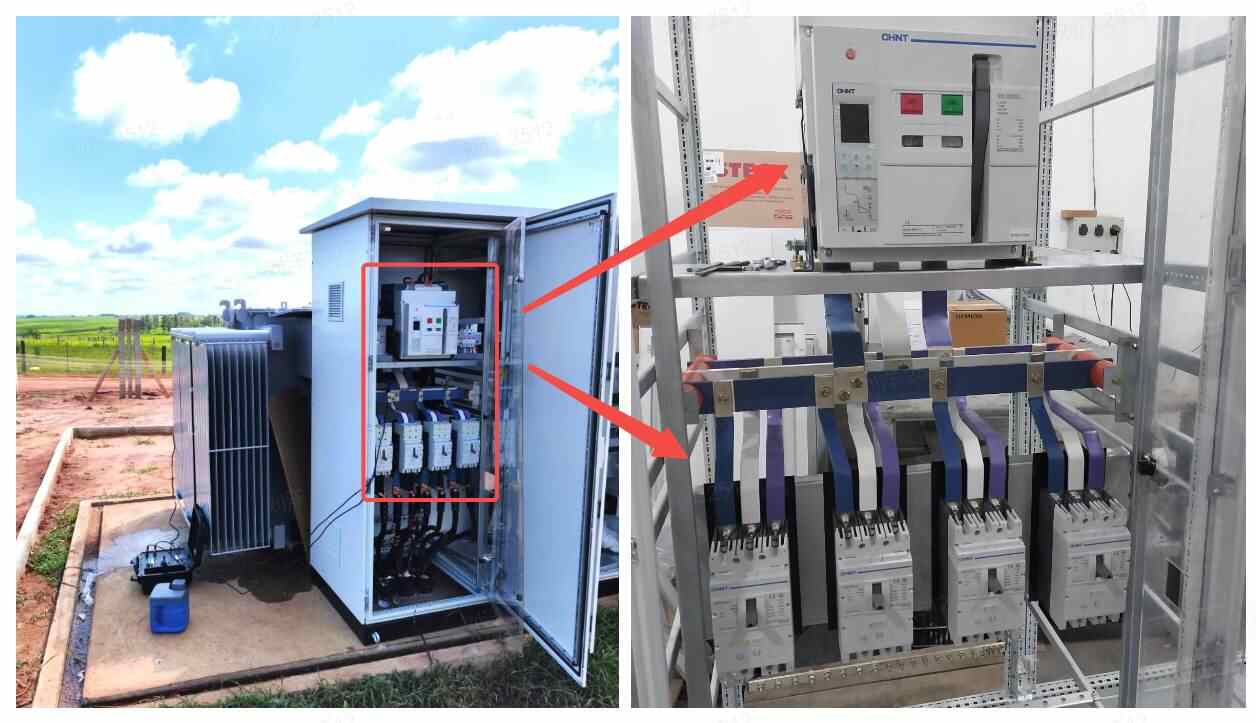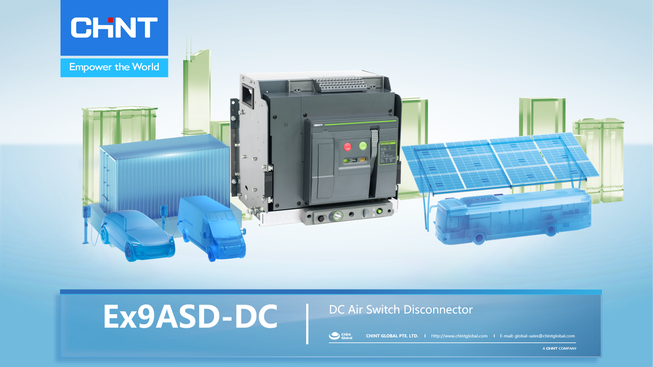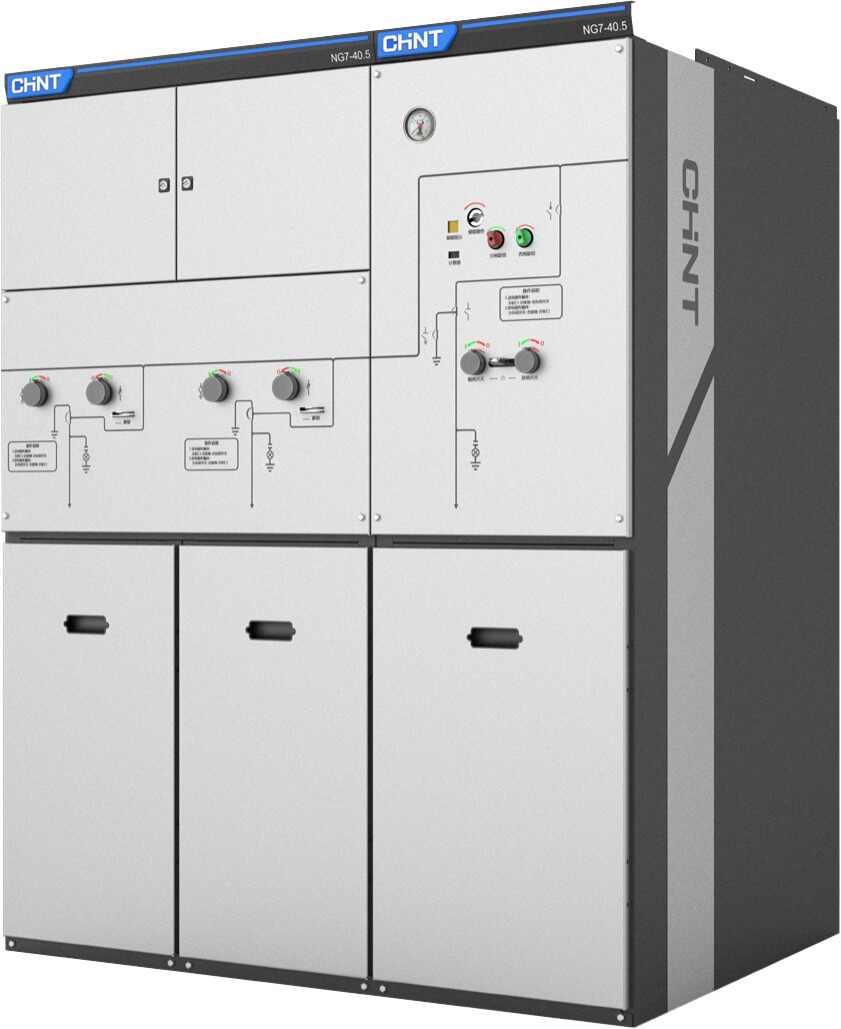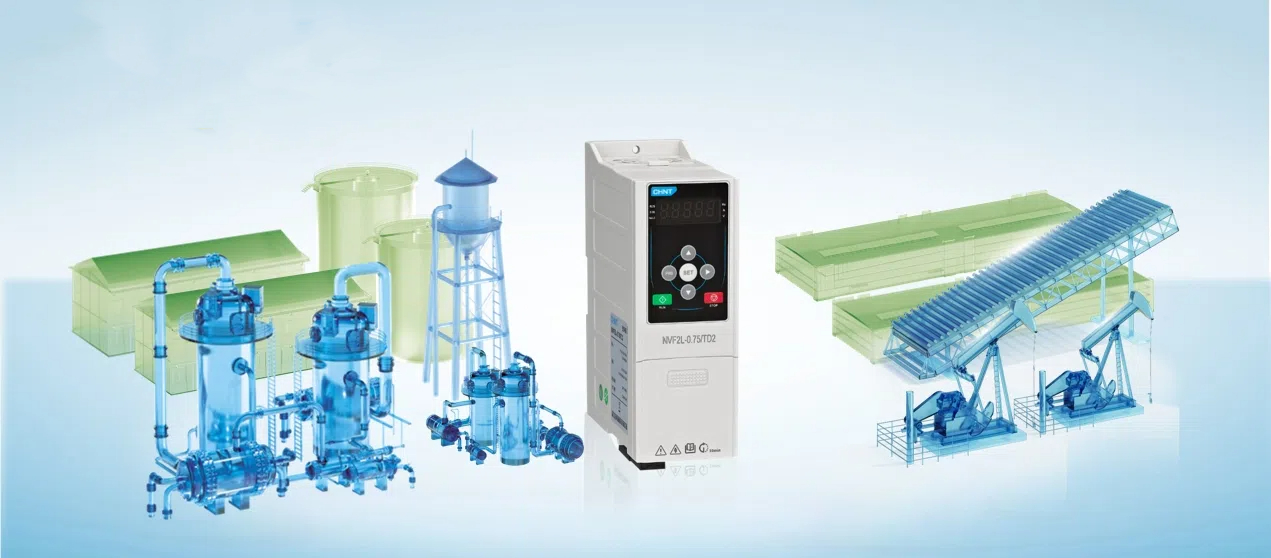The global shift towards electric vehicles (EVs) and renewable energy solutions has increased the demand for accurate and reliable DC metering technologies. DC meters play a crucial role in charging systems, where precise energy measurement is vital to ensure transparency, efficiency, and fairness for both operators and consumers.
In this article, we will explore the working principles of DC meters, their technical composition, and the applications in various scenarios, particularly in EV charging infrastructure.
Energy metering, in its most fundamental sense, involves measuring the amount of electrical energy consumed by a device or a system. With the growing use of direct current (DC) systems in renewable energy and electric vehicles, the need for precise DC metering solutions has become paramount. A digital energy meter converts analog energy data into digital signals, providing real-time, accurate measurements for various energy parameters such as voltage, current, and power.
Working Principle of DC Meters
The DC meter functions by measuring the electrical parameters like voltage and current from a DC power source and calculating the total energy consumed over time. The meter’s internal sensors detect the flow of electric charge, and the data processing unit computes the energy used, providing high-precision readings. For applications like electric vehicle charging stations, this precision is essential for accurately billing users and managing power flow.
In contrast to AC energy meters, DC energy meters need specific components like shunts to handle the continuous direct current, ensuring both high precision and stability in readings.
DC meters contain several essential components that allow for accurate energy monitoring:
- Voltage Sensor: Measures the voltage present in the DC system.
- Current Sensor: Tracks the current flow to determine how much power is being consumed.
- Shunt: A resistor placed in the circuit that enables current measurement. Some DC meters use two shunts to increase measurement accuracy and reliability.
- Data Processing Unit: This core element processes the information gathered by the sensors and calculates the energy consumed. It then presents this data on the meter’s display and sends it to remote monitoring systems if needed.
Modern DC power monitors rely on robust communication systems to ensure data can be transmitted and managed remotely. There are two types of communication interfaces commonly used:
- Wired Communication: Systems such as RS-485 and CAN bus are frequently employed in industrial applications, offering reliable and secure data transmission for DC energy meters.
- Wireless Communication: Technologies like Wi-Fi and Zigbee enable flexible, real-time remote monitoring and control without the need for extensive cabling.
Effective data storage is critical for long-term monitoring and energy management. DC meters typically store energy consumption data locally in memory units. More advanced systems also offer cloud-based storage, enabling users to access historical data for analysis. This feature is crucial for applications such as electric vehicle charging, where consumption patterns must be tracked for billing and optimization purposes. DC energy meters often include remote monitoring capabilities, allowing operators to manage devices and monitor energy usage from centralized locations.
DC meters are primarily designed for electric vehicle charging stations, where high precision and reliability are essential. In addition to EV charging, DC meters are also used in other DC metering applications such as solar power installations, industrial automation systems, and renewable energy solutions. These applications demand meters that offer not only accurate energy measurement but also enhanced safety features and convenient installation options. The integrated design of modern DC meters ensures they can be easily deployed in these demanding environments, providing both high precision and durability.
1. Separate Installation (Split Components)
In traditional DC metering setups, components like the voltage sensor, current sensor, and data processing unit are installed separately. While this allows flexibility, it often increases the complexity of the installation process, particularly in environments with limited space. This type of setup also presents more opportunities for errors in wiring and requires more maintenance.
2. Integrated DC Meters
Integrated DC meters streamline the installation process by combining all components into a single unit. This design simplifies wiring, reduces installation time, and minimizes the risk of miswiring or malfunction. It also makes the device more compact, which is crucial in space-constrained applications like EV charging stations. The integrated DC meter is a popular choice for modern energy metering due to its ease of use and high reliability.
The CHINT DJZ666 is an innovative DC meter designed specifically for EV charging stations and other high-demand DC metering environments. Key features include:
- Integrated Design: Shunt and meter combined in a single unit, reducing space and simplifying installation.
- High-Precision Measurement: Accurate readings for both forward and reverse energy flows, ensuring reliable billing.
- Multi-Tariff and Time Period Support: Supports up to 12 tariffs and 24 time periods for flexible energy pricing.
- Intelligent Temperature Monitoring: Monitors temperature to ensure safe operation and extend equipment lifespan.
- Strong Communication Compatibility: Compatible with RS-485, Modbus, and other protocols for seamless system integration.
- Diverse Shunt Specifications: Offers various shunt sizes, supporting currents up to 650A for high-power applications.
- Dual Sealing: Features physical and electronic seals for enhanced security and tamper resistance.
- Strong Data Storage Functionality: Stores up to 100 charging cycles and preserves data for 10 years during power outages.
Application
The DJZ666 is perfect for electric vehicle charging stations and other DC metering scenarios where high precision, safety, and reliability are crucial. It is particularly suited for high-power charging applications and systems requiring robust performance and long-term data storage.
In summary, DC meters are essential components in modern energy systems, particularly in electric vehicle charging infrastructure. Their ability to accurately measure energy consumption, communicate data remotely, and integrate seamlessly into complex systems makes them invaluable for both operators and consumers. The CHINT DJZ666 is a standout DC energy meter that combines cutting-edge technology with practical design, offering a reliable and precise solution for today’s DC metering needs.
By understanding the principles, technology, and application of DC meters, businesses and consumers can make informed decisions to optimize energy usage and improve operational efficiency.




